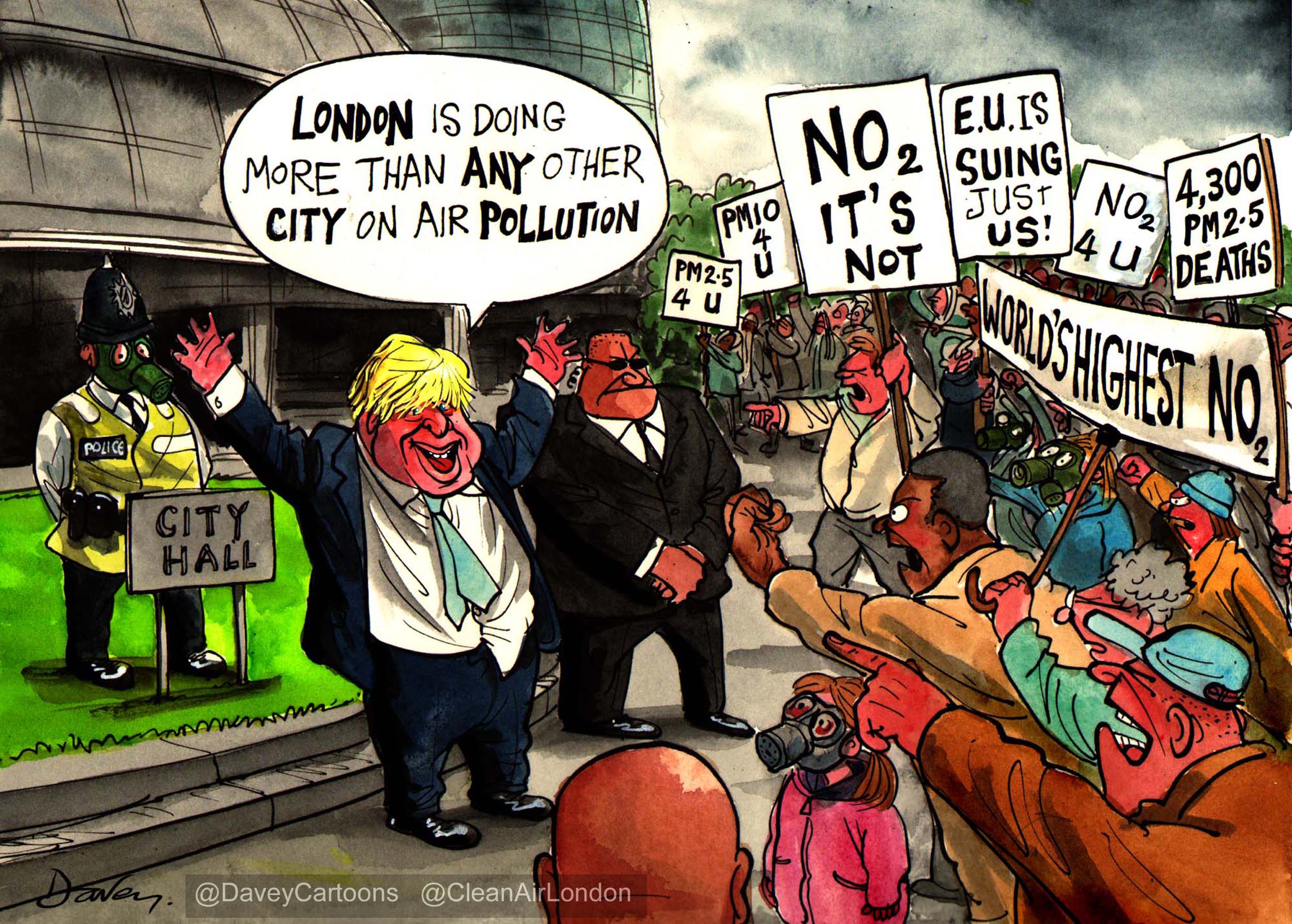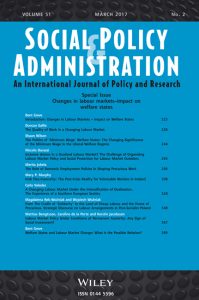‘Uber-geddon’ and the democratisation of transport

I was in London the other week. It was late on a Saturday night. I was at a house party and wanted to get back to a friend’s house. It was about a fifteen minute walk but we were tired, possibly a little drunk, and we uber-ed it home. Natch.
You know that a word or an idea has really entered the zeitgeist of popular culture when it’s used as a verb and people (and even Microsoft Word) recognise it. ‘Google it’, ‘Netflix and Chill’ or ‘F*ck it, let’s Uber it home’ are all signifiers of a modern lifestyle that is fast, convenient and cheap. What’s not to love about Uber? I never, ever took taxis in London before Uber came along and completely shook up the way Londoners (and New Yorkers, Chicagoans and Sydneysiders for that matter) get around. In that sense, Uber and other taxi apps like Lyft have ‘democratised’ city transport and allowed more people to enjoy what used to be an elitist activity.
In a way, this is very similar to the way that air travel has become available to millions more people in recent years, moving from an ‘Elitist’ to a normalised, unremarkable mode of transport, facilitated by air fares which are a third lower in real terms than they were in the early nineties. As I’ve written elsewhere, this ‘democratisation’ of transport sounds quite utopian, empowering and enfranchising. But it can also have serious negative repercussions in terms of carbon emissions, air quality, traffic and, perhaps most worryingly, by diverting revenues away from greener transport options it can create a dangerous path-dependency towards dirtier transport practices, at exactly the time when we need to be cleaning them up.
As for Uber’s environmental impact, there is anecdotal evidence which can be used for either side of the argument. As I see it, there are three key questions which we need to address regarding Uber: do Uber drivers use lower emission cars than other road users? Are they adding to or reducing overall car use in our cities? And do they threaten the viability of public transport options? Unfortunately, despite being part of the “Sharing Economy”, Uber have not been very willing to date about ‘sharing’ their stats on journey numbers and their fleet. That is about to change, however, with a team at the University of California, Berkeley, looking into the climate impacts of Uber and Lyft, with results due out in Autumn 2016. For the first time, Uber and Lyft are co-operating with the study and sharing their data with the researchers.
Their results can’t come quickly enough. The anecdotal evidence is often confusing. On low-emission cars, we know that many Uber drivers use low-emission hybrid or full-electric vehicles. Most of the rides I’ve taken in London have been in a Toyota Prius. In London overall it appears that the Uber fleet has lower emission vehicles than the black cab fleet in the city, who are moving at a slower rate towards the Mayor’s pledge for all cabs to be zero-emission capable by 2018. Yet in other cities such as San Francisco the opposite picture is true, with regular taxis more often being hybrid-engine than Uber ones. Regulation is patchy and is still playing catch-up to Uber’s breakneck growth, so in reality the decision to have a low-emission or hybrid car is often driven by the economic circumstances of the Uber driver rather than national or city-level environmental regulation. With air quality already at ‘criminal’ levels in parts of London and twenty Uber drivers registering in London everyday, that can’t be right.

Picture Courtesy of @CleanAirLondon http://cleanair.london/wp-content/uploads/11_Worlds-highest-NO2_280414.jpg
As for whether Uber adds to or reduces the total number of cars on the streets, again we can’t say for sure. Uber itself proclaims a vision of “Taking 1 Million Cars Off the Road in New York City” by pushing ‘UberPool’ the type of Uber where you share your car with other passengers. Uber have also said they want to use UberPool to ‘end car ownership’ in London. It sounds great, but these are the commercial aspirations of a private company, not a mandated policy target. Firstly it remains to be seen how many people want to share a car with strangers. They do it all the time in parts of the developing world, but I’m not convinced that us individualised westerners are ready to give up the privacy of our ‘iron bubbles’. Secondly, what about the many people just like me who never used to take a taxi, but will now take an Uber? My position is not that I am selling my car and using Uber instead. I am taking an Uber instead of walking or taking a (night) bus. That is a critical difference.
On this point, I recently attended an ESRC seminar on ‘changing transport behaviours’. One of the speakers was the Head of Transport for London (TfL)’s Behaviour Change Unit, Chris Mather. He provided us with up-to-date figures on the number of Uber drivers seeing private-hire licences. TfL are currently issuing a staggering 700 new licences a month, and last year alone we went from 12,000 to 18,000 private hire licences. As there is no cap on private taxi licences, that figure can go on increasing. Mather admitted himself that Uber had caught TfL completely unprepared, and as time goes on Uber may pose a very serious risk in denying TfL revenue (as people swap buses and tubes for cheap taxis), and therefore investment in public transport.
Last year the London Mayor, Boris Johnson, proposed capping the number of private hire licences to address the increase in London’s congestion. This was flatly rejected by Jo Betram, regional general manager for Uber “A cap on the number of private hire licenses is effectively a limit on choice. It would mean higher prices, fewer jobs and would actually result in more congestion as people resort to using their own car again in the city.” As London already has lower levels of car ownership than any other region of the country (and arguably the best public transport in the UK), I’m not convinced.

Chicago taxi drivers protest against Uber in January 2015
These are very serious challenges which are posed by the rise of Uber (and I haven’t even mentioned the well-documented threats to a black cab industry). Just as scholars started to talk up the prospect of ‘Peak Car’ use in the West, Uber presents a future scenario with potentially far more cars on our streets, more pollution and less investment in public transport. The kind of research being conducted at UC Berkeley is absolutely critical if we want to answer the questions raised by Uber’s growth with facts rather than anecdotes. Armed with those facts we can perhaps have a better debate about our transport choices, and whether ‘democratisation’, despite being such a pretty word, is necessarily always a good thing.






1467-7660/asset/DECH_right.gif?v=1&s=a8dee74c7ae152de95ab4f33ecaa1a00526b2bd2)
